Ecosystem modelling helps assess environmental impacts on Cockburn Sound
April 4, 2025


WAMSI has partnered with Westport to undertake a major marine science program focused on Cockburn Sound.
The WAMSI Westport Marine Science Program was designed to ensure the environmental impact assessment for Western Australia’s future container port is informed by rigorous, independent science, and to assist and improve the management of Cockburn Sound now and into the future.
Marine scientists from WAMSI’s partner organisations are delivering over 30 research projects in the fields of physical, biological and social science to increase knowledge of this most important and unique Western Australian coastal ecosystem. More than 150 scientists are working on the science program and scientific reports from the program are available on the WAMSI website.
For more information about Westport visit: www.westport.wa.gov.au
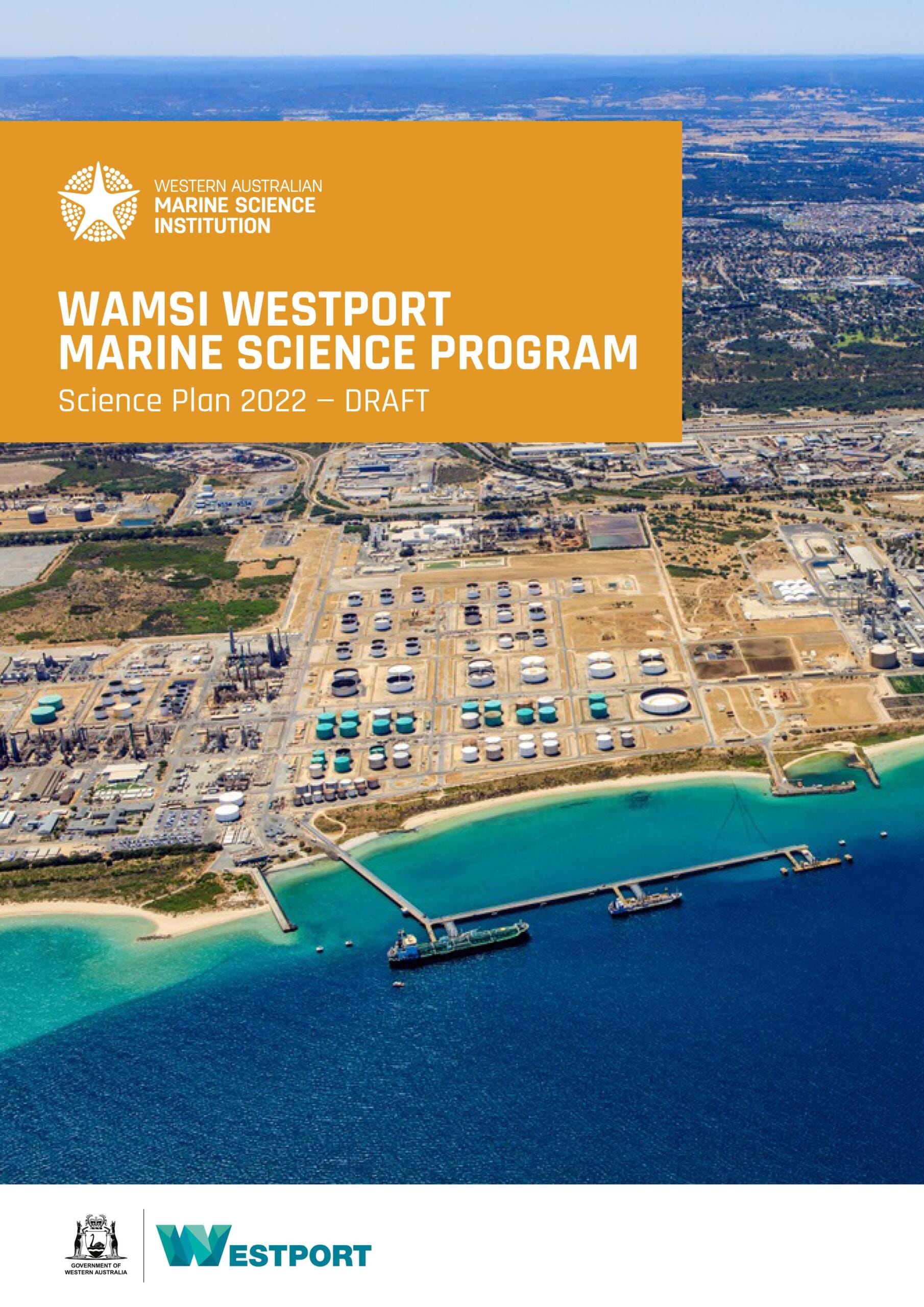
The Science Plan was developed in consultation with the Westport Program, WAMSI partners and expert scientists and includes a description of the program scope, marine science research themes and individual projects. A final Science Plan will be released at the conclusion of the Program.
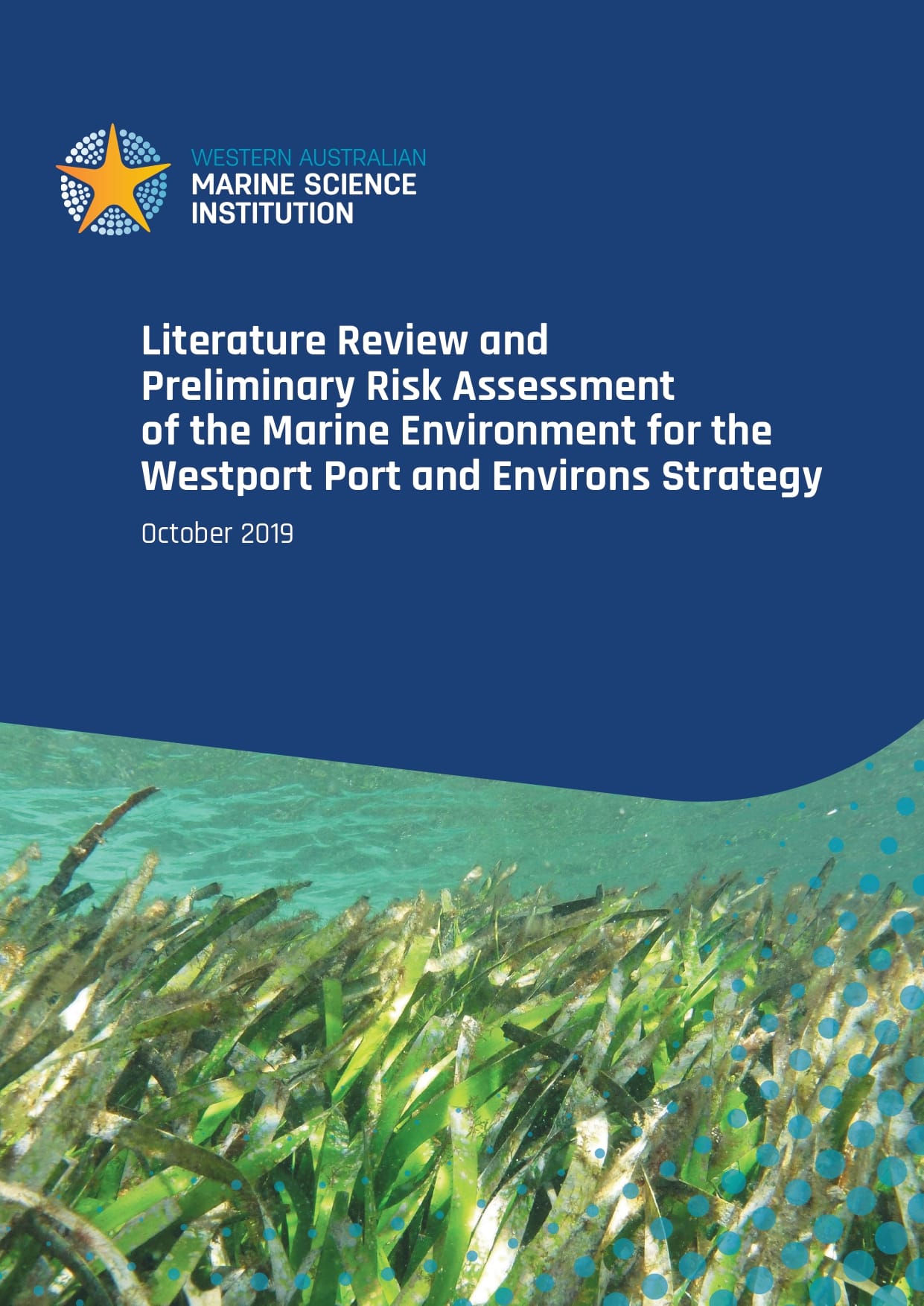
WAMSI reviewed numerous comprehensive studies and reviews of Cockburn Sound for Westport in the 2018 Westport Literature review and preliminary risk assessment, which has been used to identify gaps and risks and inform the Science Plan.
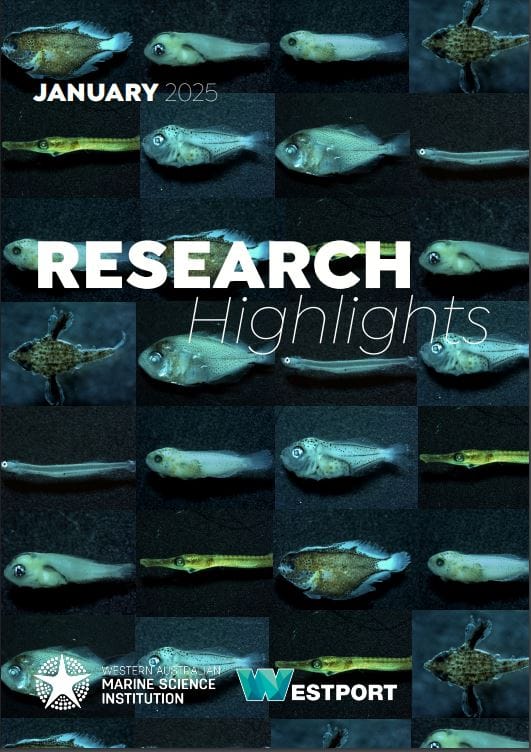
Featuring innovative studies on the effects of dredging sediment on marine life, robotic seagrass restoration, sea lion hearing sensitivity, and the complex food web of Cockburn Sound.
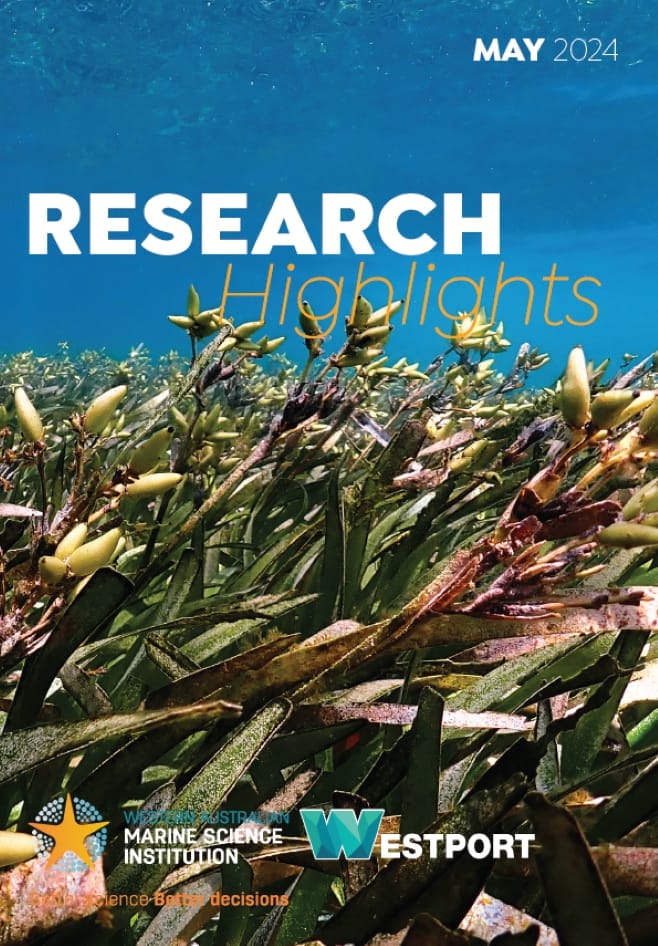
Explore rare sea snake discoveries, vital seagrass research, and updates on Cockburn Sound and Kimberley ecosystems. Plus, get a preview of the Ningaloo Outlook Symposium.
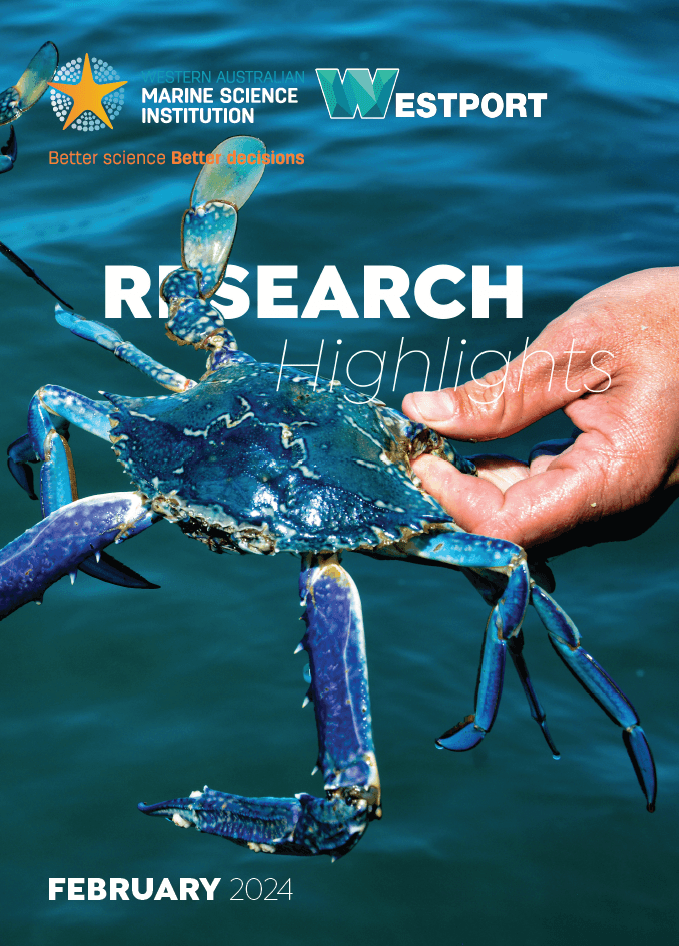
Showcasing collaborative studies on blue swimmer crabs, seagrass restoration, recreational fishing impacts, little penguin monitoring, and syngnathid fish distribution in Cockburn Sound.
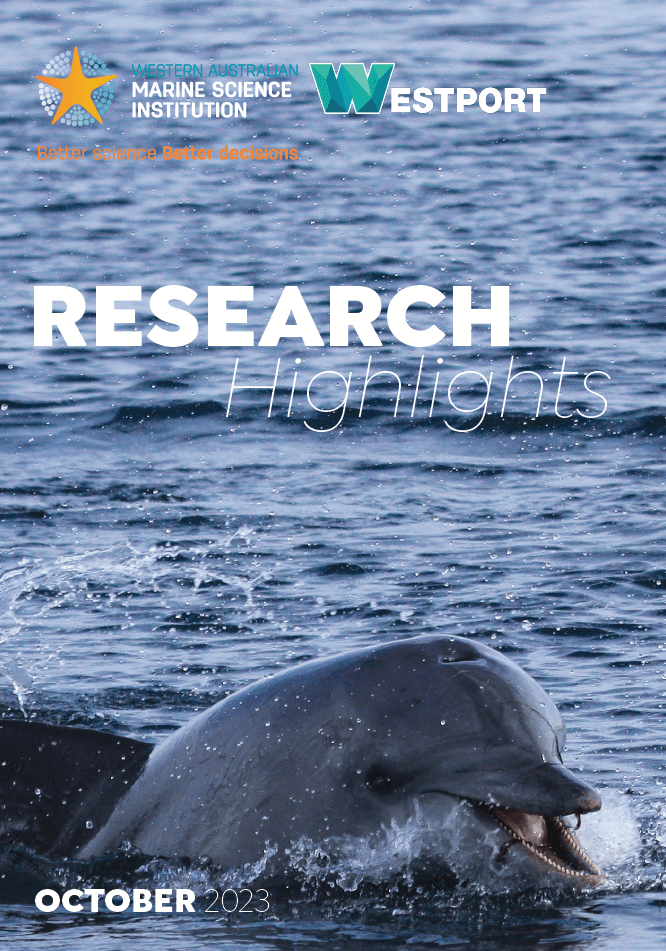
Featuring efforts in data management, seagrass resilience and restoration, Australian sea lion and dolphin monitoring, fish larvae surveys, sediment tracking, and ecosystem modelling.
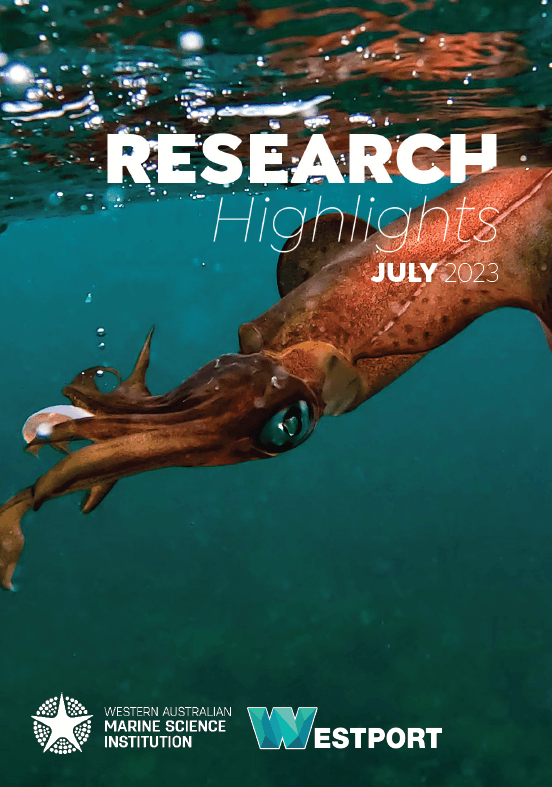
Explore squid distribution, fish and invertebrate monitoring and snapper hatchery evaluations. Plus seagrass restoration methods and dolphin and fish larvae studies.
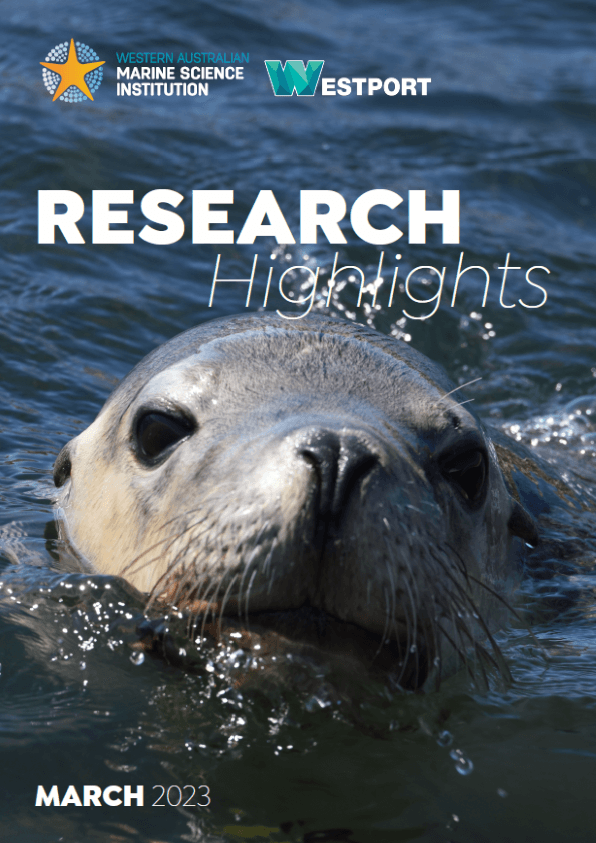
Studies on Australian sea lion movements, penguin hearing sensitivity, benthic biodiversity, underwater soundscapes and marine food webs.
An integrated ecosystem modelling framework for Cockburn Sound.
Improve understanding of temperate benthic communities and processes, with a focus on seagrass, macroalgae and macroinvertebrates.
Baseline surveys of water and sediment quality to help understand existing pollutants and variations in environmental quality.
Improve knowledge of the spatial and temporal distribution of fish and crustaceans in Cockburn Sound.
Understanding how changes to the seabed following port development will change flushing and circulation regimes.
Identifying the most important social and economic values to the community and users of Cockburn Sound.
Study of the baseline and future underwater soundscapes’ of Cockburn Sound to manage the potential effects of underwater noise.
Address knowledge gaps relating to conservation-significant and iconic species in the Cockburn Sound area.
Integration of historical and new on-ground data, providing an insight into sediment transport and beach process.


